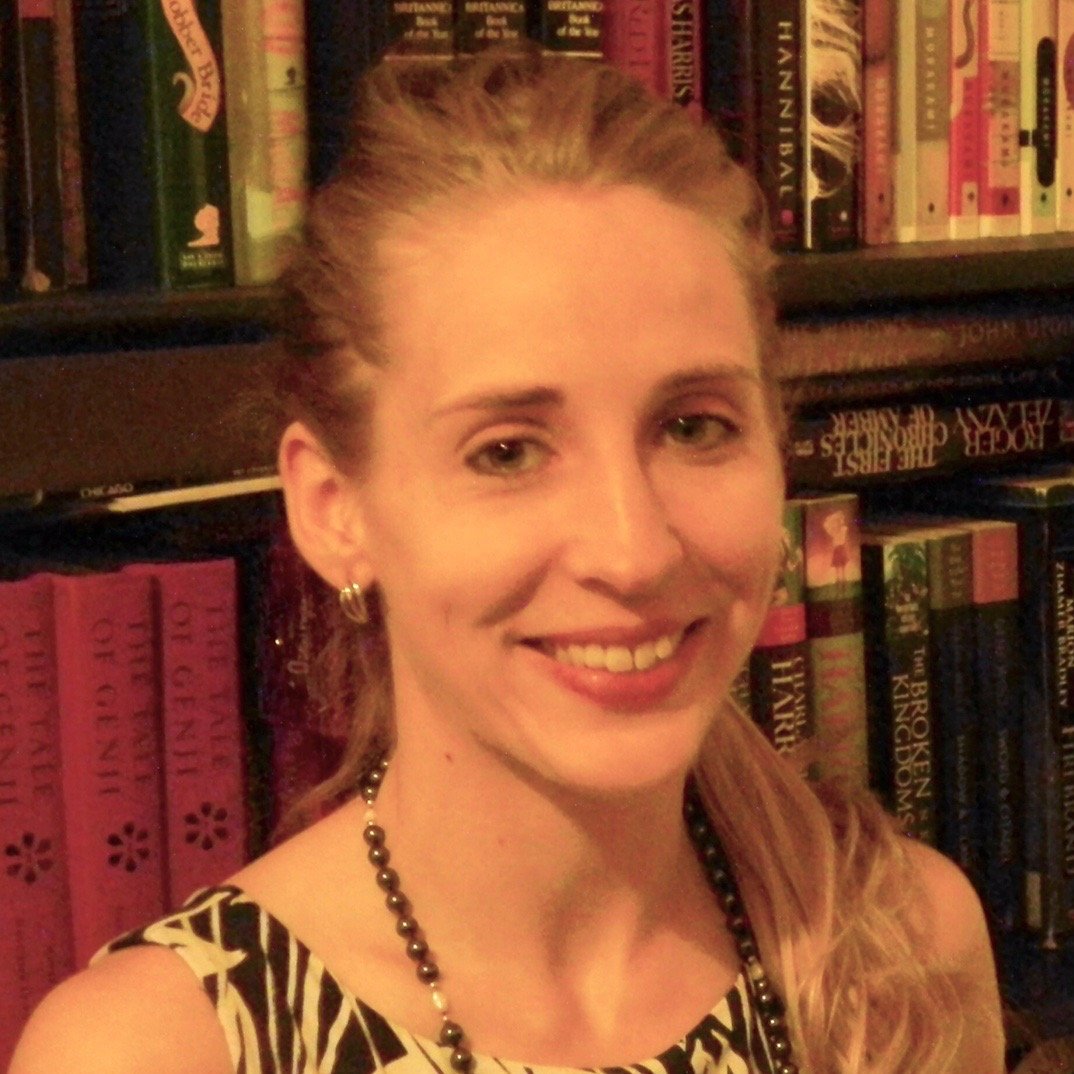The Plans That Could Mean a New Future for Washington Park
Washington Park, a South Side neighborhood bordered by I-90, Grand Boulevard, Hyde Park, and Woodlawn, is ripe for new development. The neighborhood has easy access to the highway and both the CTA Red and Green lines. Plus, Washington Park is home to an expansive park of the same name and the DuSable Museum of African American History.
Last summer, the museum received $500,000 from the City of Chicago and $82,440 from the Chicago Park District to transform a 15,000-square-foot gravel lot into an outdoor event space, according to the Chicago Sun-Times. This year, more developments are reshaping the South Side neighborhood. Check out these three big Washington Park projects.

Washington Park Green Line Station Redevelopment
Dating back to 1892, Washington Park’s Garfield Green Line station is one of the oldest transit stations in the city, and it’s set to undergo a $50 million makeover, according to Curbed Chicago. The transit station is the focal point of the Garfield Gateway project.
The project will include restoring the original transit station, which is no longer in use. The Garfield Gateway project will also bring new landscaping, platform canopies, updated escalators and stairs, bike lanes, benches, and public art to the CTA stop and the surrounding area, according to another Curbed Chicago report.
The development is expected to cost $50 million, $25 million of which comes from the U.S. Department of Transportation, according to the CTA report. The project broke ground this year, and it’s expected to reach completion by the end of 2018.
Mayor Rahm Emanuel hopes the project will play a role in bringing new investment to Washington Park, Curbed Chicago reports. The Garfield Gateway development will bring 200 jobs to the community, and it’ll contribute $2 million toward helping renovate vacant homes, according to the report.
Arts Block
Another major project is underway not far from the Garfield Gateway. Arts Block—a collaborative effort of the University of Chicago and cultural organizations—was designed as a cluster of cultural and commercial spaces along Garfield Boulevard. The project brings a number of university and community projects to the stretch of East Garfield Boulevard running from South Prairie Avenue to South Martin Luther King Drive.
This stretch is already occupied by Currency Exchange Cafe and the university’s Arts Incubator. A major part of the project is the Green Line Arts Center, a planned facility that will offer a space for theater training and rehearsal, as well as performing arts space. Work on the project began in 2017 with the renovation of vacant storefronts at 323-329 East Garfield Boulevard, according to the UChicago Arts website. Additionally, an open greenspace—the Rain Garden—officially opened behind the cafe and Arts Incubator last year.
“The Arts Block is contributing to culture on the South Side and in Washington Park, and we are just getting started,” said Theaster Gates, professor in the Department of Visual Arts, who is playing a major part in bringing the university and community’s vision to life. His Rebuild Foundation focuses on changing neighborhoods through art and cultural development.
Gates and his organization have led projects similar to the Arts Block in Greater Grand Crossing and Woodlawn, according to Bisnow Chicago.
“The new community and retail spaces will bring new life to Washington Park and also benefit surrounding neighborhoods,” said Ald. Pat Dowell (3rd Ward) on the Arts Block project, according to the UChicago Arts website.
KLEO Art Residences
In January, developers broke ground on a new, $23.5 million artists’ residence development in the neighborhood, according to CBS Chicago. The mixed-use KLEO Art Residences designed by JGMA will feature 58 residential units and 5,000 square feet for retail and studio space.
“We are building a new and brighter future for Washington Park and the Garfield Boulevard Corridor and this new development is at the center of it. The KLEO Art Residences will support South Side artists and their families with affordable housing and studio space while creating new neighborhood retail options” said Emanuel, according to the report.

